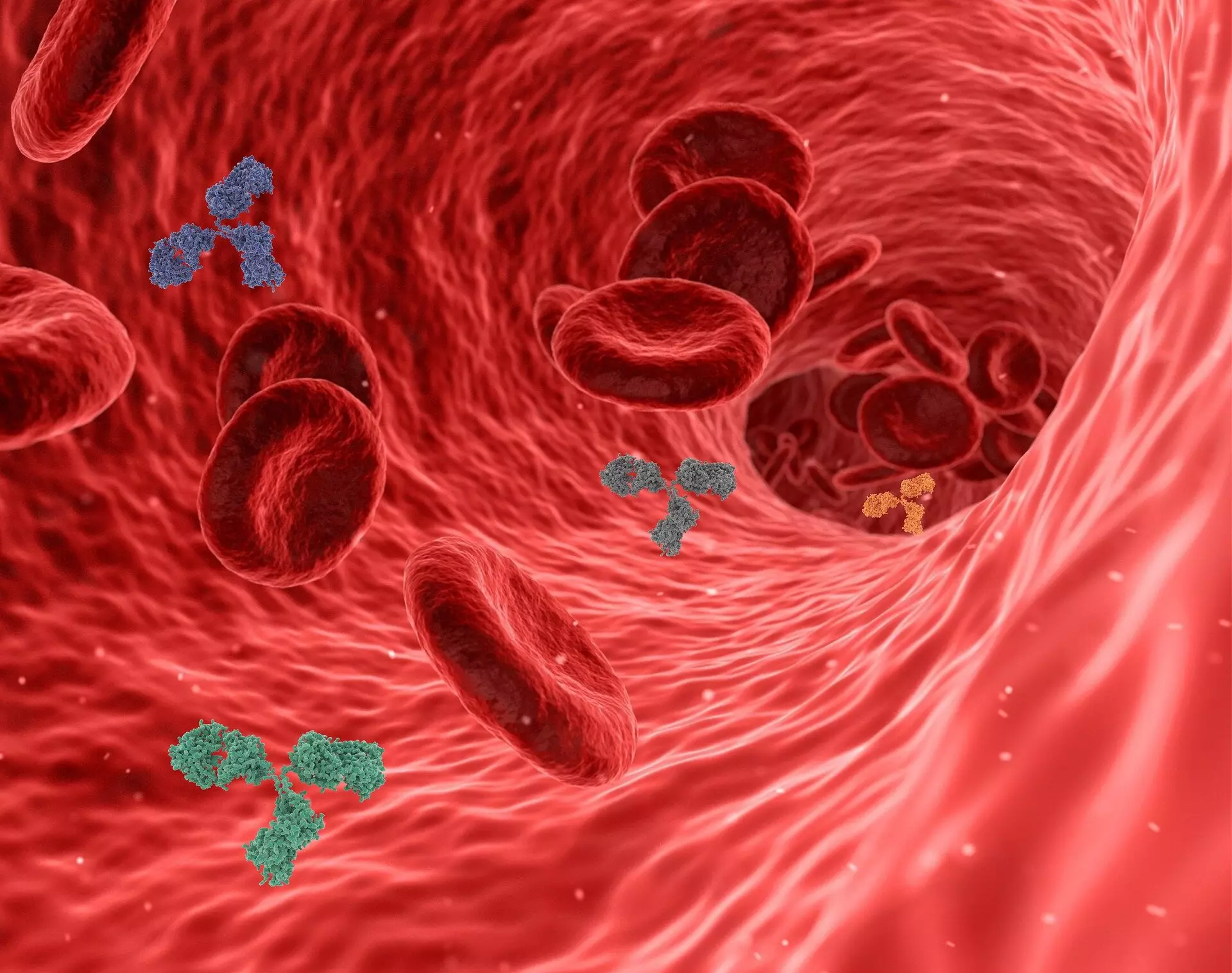The prospect of growing functional human organs outside the body has long been considered the ultimate goal in the field of organ transplantation medicine. Recent research from Harvard’s Wyss Institute for Biologically Inspired Engineering and John A. Paulson School of Engineering and Applied Science (SEAS) has brought this dream one step closer to reality. A team of scientists has developed a groundbreaking method to 3D print vascular networks that closely mimic the architecture of natural blood vessels, a crucial step towards the creation of implantable human organs.
The key innovation behind this breakthrough is the development of a unique core-shell nozzle with two independently controllable fluid channels for the “inks” used in the printing process. By using a collagen-based shell ink and a gelatin-based core ink, the team was able to create a multilayer architecture that closely resembles the structure of native blood vessels. This new method, known as coaxial SWIFT (co-SWIFT), makes it easier to form an interconnected endothelium and enables the vessels to withstand the internal pressure of blood flow.
To confirm the effectiveness of the co-SWIFT method, the team first printed multilayer vessels in transparent hydrogel and uPOROS matrices. They successfully printed branching vascular networks in these cell-free matrices, demonstrating the versatility and feasibility of their approach. The next step involved using a shell ink infused with smooth muscle cells and perfusing endothelial cells into the vasculature to create a functional vessel structure. The team was able to show that the vessels maintained their integrity and displayed decreased permeability after perfusion.
Moving on to living human tissue, the team printed a biomimetic vessel network onto cardiac organ building blocks (OBBs) made up of beating human heart cells. After seeding the vessels with endothelial cells and evaluating their performance, the team observed synchronous beating of the OBBs after perfusion with a blood-mimicking fluid. This indicates the development of healthy and functional heart tissue that responds to cardiac drugs, offering immense potential for personalized medicine.
In future research, the team plans to generate self-assembled networks of capillaries and integrate them with their 3D-printed blood vessel networks to further enhance the structure and function of lab-grown tissues. The ultimate goal is to engineer fully functional living human tissues in the lab for potential implantation into patients. The work done by this team has set a solid foundation for future advancements in the field of organ transplantation and tissue engineering.
The successful creation of 3D printed vascular networks that closely mimic the architecture of natural blood vessels represents a major milestone in the quest to grow functional human organs outside the body. The innovative co-SWIFT method developed by the team at Harvard’s Wyss Institute holds immense promise for the future of organ transplantation and personalized medicine. With continued research and advancements in tissue engineering, the possibility of implanting lab-grown tissues into patients may soon become a reality.


Leave a Reply